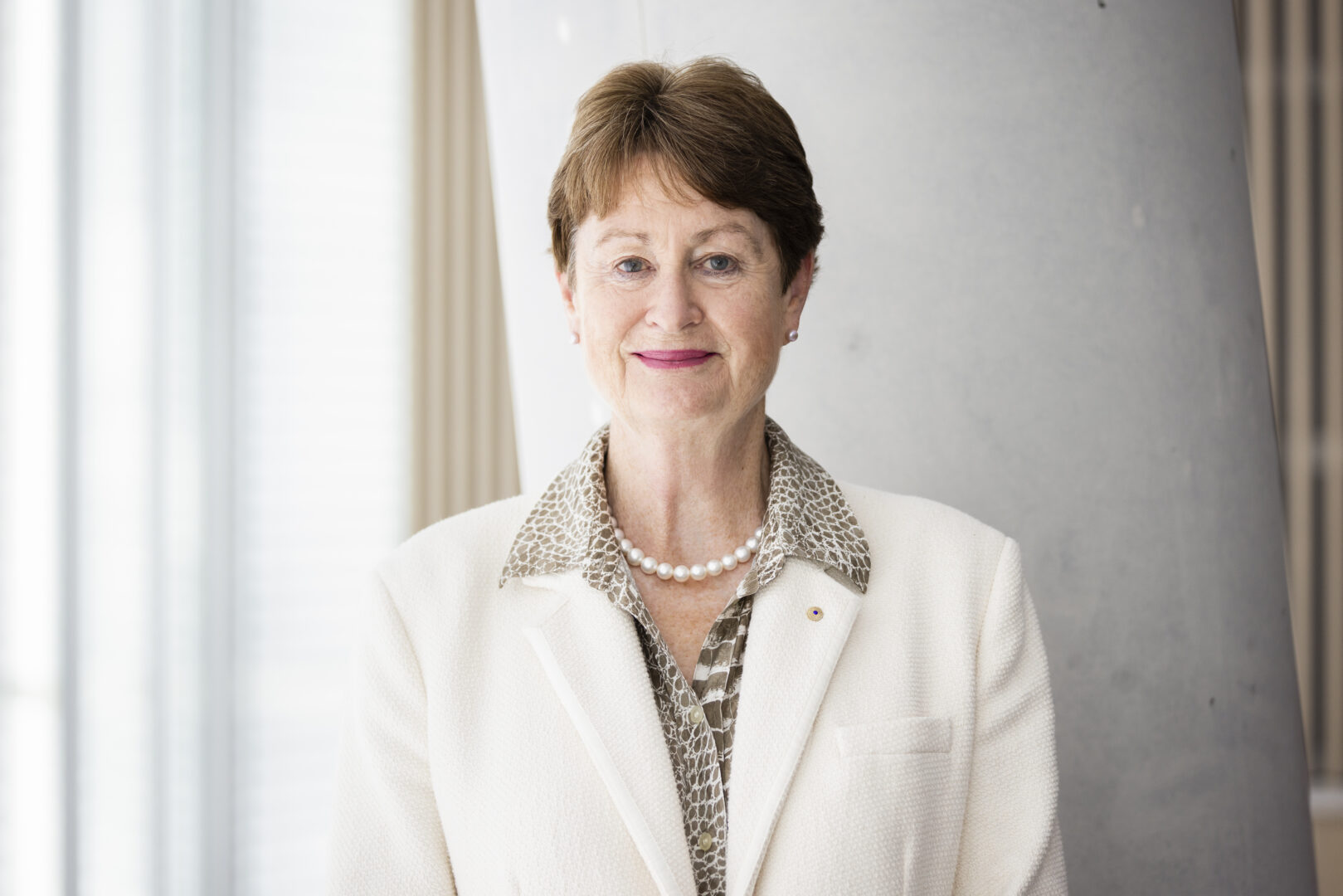
The Australian Governor General’s office has formally recognized Catherine Livingstone for her work fostering innovation and her services to business, particularly through strategic reform across science, technology, and the arts.
“It was a huge honor, but it reflects the work of a lot of people I’ve worked with over many years, so it’s all about the team,” said Livingstone of the award.
Innovation is the holy grail for most organizations that want to stay on top of their game and provide value for society, but it can be surprisingly tricky to get it right. Based on her decades of experience, Livingstone believes it comes down to a combination of three things: people, ideas, and action.
“Innovation is fundamentally about people solving problems,” she said. “It’s doing things in a better way. So, if you see a problem, how do you solve it?”
Bringing people from different backgrounds together
Allowing innovation to flourish in organizations hinges on teaching good problem-solving skills in schools from an early age, said Livingstone.
“Today, our research sector is very strong relative to its size, and Australians are known for being good at problem-solving.”
From Livingstone’s perspective, it’s important to create environments that foster collaboration among diverse sectors to stimulate new ideas. This includes bringing together public sector workers, politicians, businesses, and universities and encouraging them to think differently.
To turn these ideas into successful inventions, however, it’s important that they receive funding at an early stage, she adds.
“It’s in the doing where we need to translate the idea and turn it into something that’s either commercially viable or socially impactful,” she explained. “Unfortunately, we don’t invest enough in this crucial stage.”
To overcome some of the hurdles to early investment, Livingstone advocates for risk-sharing between businesses and the Australian government.
Innovation that works
A case in point is Cochlear Ltd, the company responsible for the invention of the Nucleus cochlear implant to help people with hearing loss. The device, which is surgically inserted into the inner ear, restores hearing by providing sound signals to the brain through direct electrical stimulation of the auditory nerve.
Livingstone describes the device as a quintessential example of innovation that worked because all the necessary parts were in place. As the CEO (1994-2000) when Nucleus was developed into a successful product, she witnessed both what it takes for a company to be innovative through collaboration and the extraordinary impact on people’s lives.
“You had the right people – Professor Graeme Clark and his team from Melbourne University, who contributed their technical expertise to this project, and Paul Trainor from the Nucleus group on the business side of the collaboration.
“You also had the ‘thinking differently,’ exemplified by the approach to insert a lead into the inner ear. Surgeons were previously told never to go near the interior because it was too delicate.
“This was saying: ‘Yes, we’ll put an electrode into the inner ear because that’s where the nerve is, and we want to stimulate the nerve.’”
The government played a vital role by providing the firm with a grant, which, alongside its own investment, helped transition the product from early technology to a viable commercial product.
“Without the government’s financial support at that crucial stage, Cochlear wouldn’t exist.
“So, when people wonder why there aren’t more companies like Cochlear in Australia when it comes to innovation, there’s a simple reason – one missing ingredient. The government needs to be prepared to take risks at that very early stage.”
Embracing failure
To be at the forefront of innovation, you also cannot be afraid to fail.
“Australians can be very hard on those who fail,” said Livingstone. “By contrast, the US often applauds attempts even if they don’t succeed. Here, the conversation tends to focus on the failures rather than the lessons learned.”
Livingstone further deconstructs the Australian mentality, adding, “People who fail often gain notoriety for their failures. It’s part of the culture in Australia that we don’t realize you learn more from failures than successes.”
When asked about any guidance she has for people out there who have failed, Livingstone says: “It’d be to ask: ‘What did you learn?’ If you’re a scientist and you do an experiment, and it doesn’t work, you need to work out why it didn’t work. That’s how you learn. How many experiments work the first time? Virtually none.
“It’s the same in business. If people are experimenting with different ways of doing things and different business models, and if they don’t work, fine – but what did you learn? Let’s focus on what the lessons were, not on the fact that it failed.”


